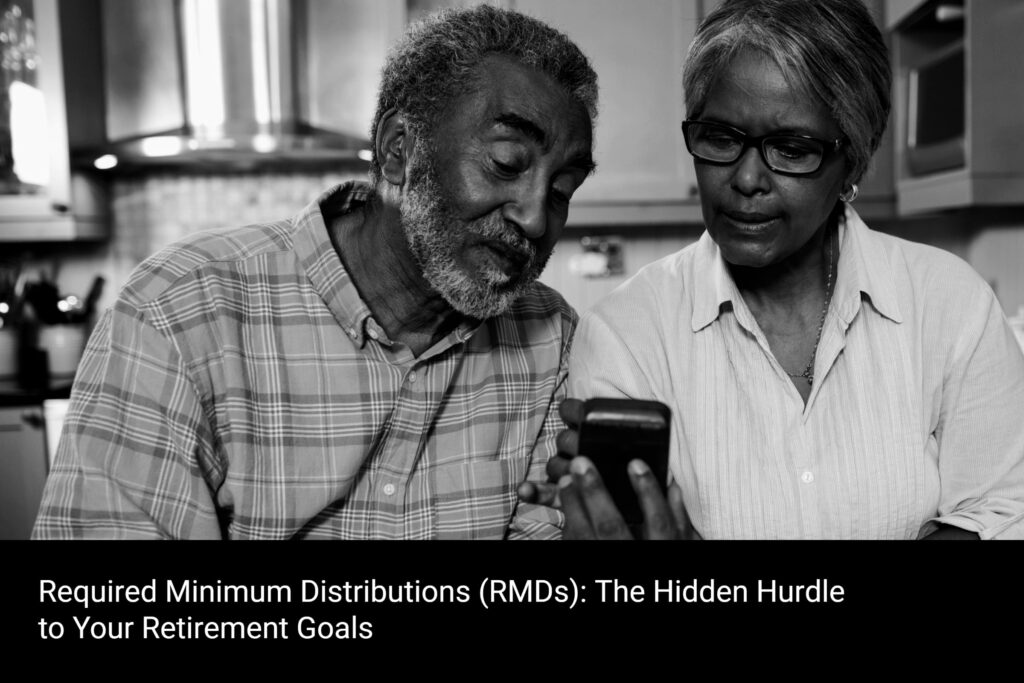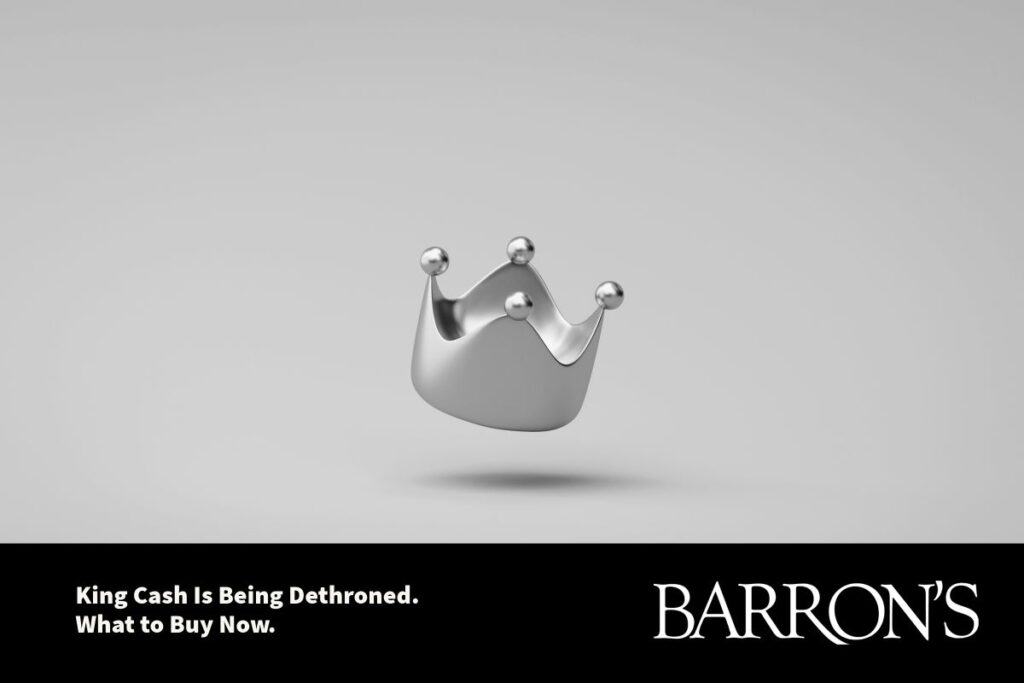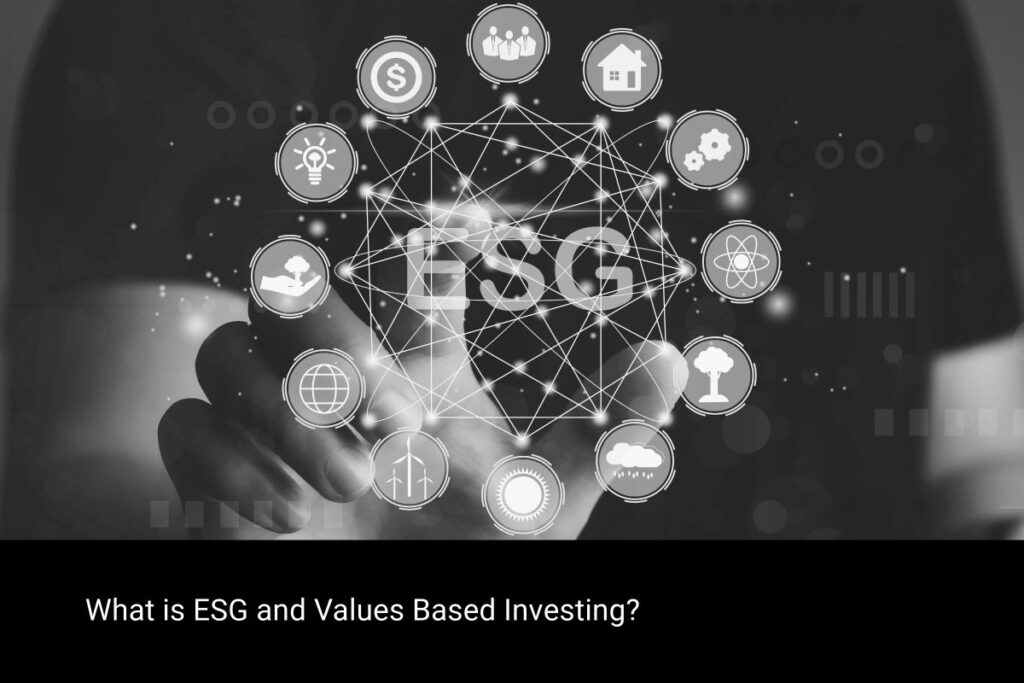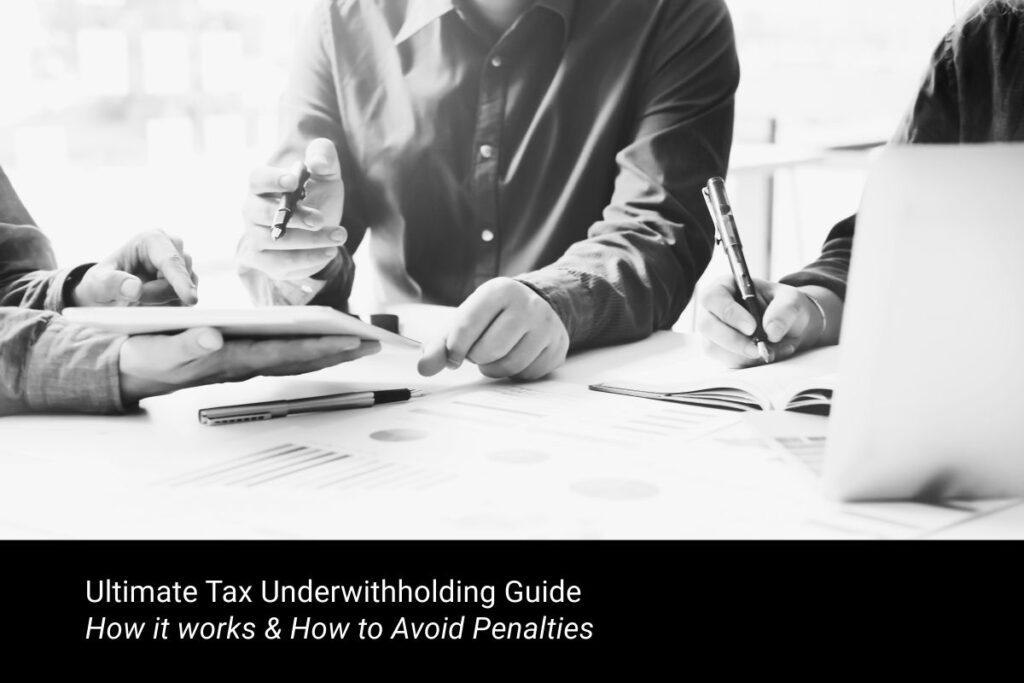In this article, we delve into Required Minimum Distributions (RMDs), an element of tax code that can significantly impact your retirement plan. We will dissect what RMDs are, how they work, why they matter, and strategies to mitigate their potential risks.
What are RMDs?
Required Minimum Distributions or RMDs apply to your personal retirement accounts. We aren’t referring to inherited RMDs, which represent a separate discussion, but RMDs that impact retirement accounts like your 401k, 403b, or IRA.
Essentially, an RMD is a percentage of your retirement accounts that you must distribute, whether you want to or not, starting at age 73. This age limit is scheduled to increase to 75 in 2033. The regulation has seen many changes over the years, from 70.5 to 72, and currently 73. Roth IRAs however, are exempt from RMDs. Failure to take out your RMD attracts a 25% penalty on that amount. However, there is a two-year correction window where you can rectify the amount and pay a 10% penalty instead.
Why Do RMDs Exist?
RMDs exist because of Uncle Sam’s need to level the tax field. When you contribute to an employer-sponsored retirement plan, you receive a tax deduction, allowing your money to grow tax-deferred. While this seems like a win-win scenario, it’s essential to remember that the government will eventually want its share.
RMDs serve as a tool for the government to collect revenue from the taxes you deferred over the years. This implies that with each passing year after your RMD age, the distributions, and hence, the taxes, can increase exponentially.
How do RMDs Work?
RMD calculations typically use the Uniform Life Table. This table has two components: your age and a life expectancy factor. The latter is a government-assigned number indicating your expected lifespan.
To calculate your RMD amount, divide your prior year, 12/31 retirement account(s) balance by the life expectancy factor. With each passing year, this factor decreases, causing your RMDs to increase.
Why Required Minimum Distributions (RDMs) Can Blindside Your Retirement
RMDs can significantly impact your retirement plans, especially in the following scenarios:
- Taxes: Every RMD withdrawal is reported as ordinary income, contributing to your tax liability. If your effective tax rate is high, your federal taxes on RMDs can become quite substantial.
- Underestimating Life Expectancy: Studies show that approximately 50% of retirees underestimate their lifespan. Many retirees believe they won’t live long enough for RMDs to be an issue. However, with rising life expectancies, RMDs can become a significant burden.
- Lack of Cash Flow Planning: Many retirees are hesitant to draw down their savings and prefer to let their money grow. While this may seem beneficial, it can lead to larger RMDs and hence higher tax liabilities in the future.
Strategies to Mitigate RMD Issues
- Focus on Roth Contributions: Since Roth retirement accounts are exempt from RMDs (even Roth 401(k) and 403(b) accounts starting in 2024), contributing more to these accounts can reduce your future RMDs.
- Early Withdrawals: Drawing down tax-deferred dollars earlier in retirement can lead to smaller RMDs later on.
- Strategic Conversion to Roth: Converting your traditional IRA to a Roth IRA can lower future RMDs, albeit at the cost of paying taxes during the conversion.
Remember, proper retirement planning can help you navigate the complexities of RMDs and help ensure you’re prepared for the tax implications that come with it. If you need help with creating an optimal saving and tax strategy, please reach out to us. We would love to serve you.
RELATED VIEWING:

Important Disclosures
MDRN Wealth LLC does not provide specific legal or tax advice. Please consult with professionals in these areas for specific legal and tax recommendations. The information provided herein is general information. It is not intended to be construed as investment, tax, or legal advice. Information in this article is not an offer or solicitation to purchase, sell, or endorse a specific company, security, investment vehicle or strategy. Investing involves risk and the possible chance for loss of principal. Please consider your tolerance for risk before investing. Past performance is never guaranteed and future results can vary. Opinions conveyed by MDRN Wealth LLC cannot be viewed as an indicator of future performance and are subject to change. Results may vary. Use information at your own risk.











